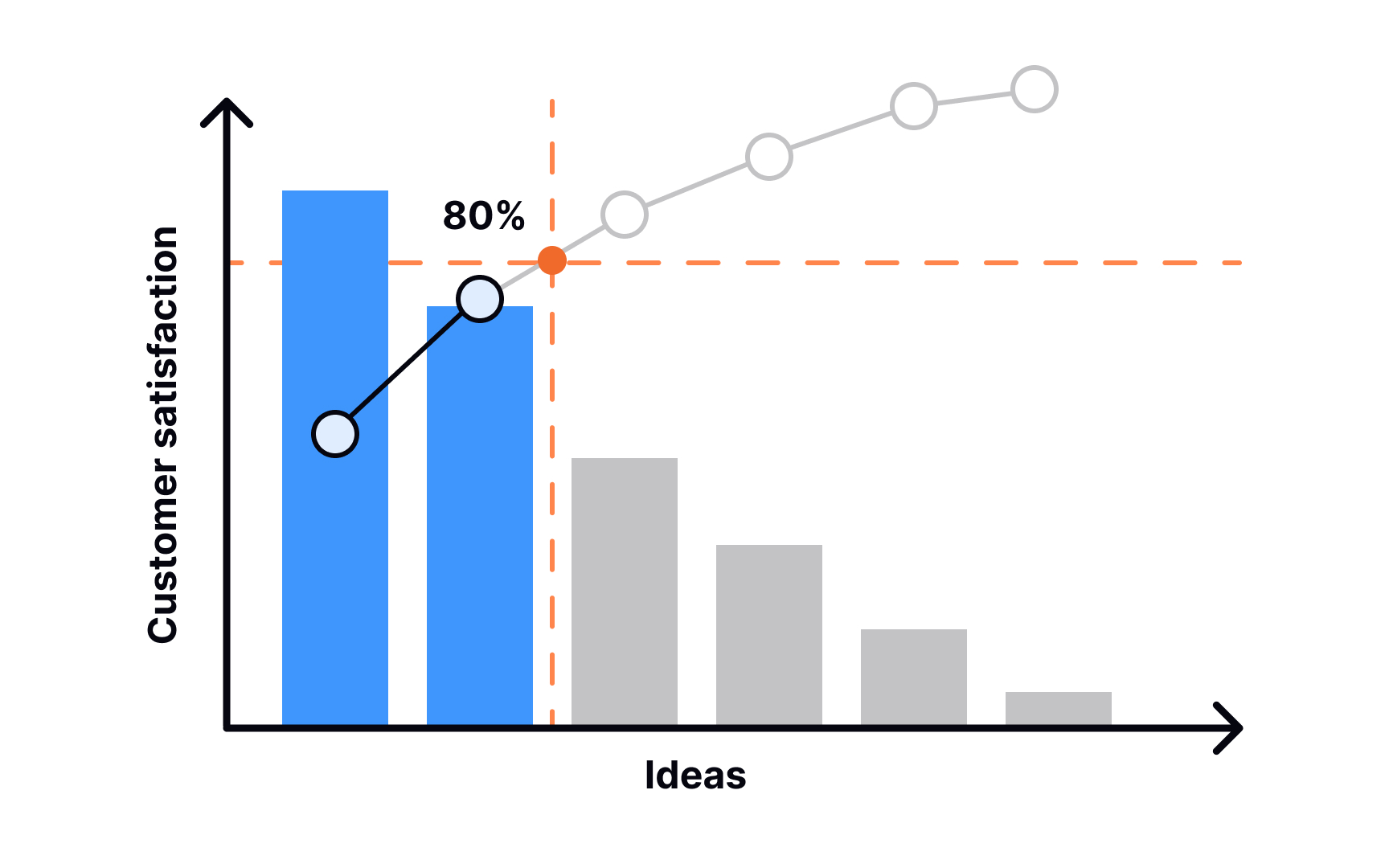
What is Pareto analysis? Pareto analysis, also known as the 80/20 rule, is a decision-making tool that helps identify the most significant factors in a given situation. Named after Italian economist Vilfredo Pareto, this principle suggests that 80% of effects come from 20% of causes. Businesses use Pareto analysis to prioritize tasks, solve problems, and improve efficiency. For example, a company might find that 80% of customer complaints stem from 20% of its products. By focusing on these key issues, organizations can make impactful changes with minimal effort. Want to learn more? Here are 26 intriguing facts about Pareto analysis that will help you understand its power and versatility.
What is Pareto Analysis?
Pareto Analysis is a decision-making tool used to prioritize tasks or problems. It’s based on the Pareto Principle, also known as the 80/20 rule. This principle suggests that 80% of effects come from 20% of causes. Let’s dive into some interesting facts about Pareto Analysis.
-
Origin of the Name: Named after Italian economist Vilfredo Pareto, who observed that 80% of Italy’s land was owned by 20% of the population.
-
Application in Business: Widely used in business to identify the most significant factors affecting productivity and profitability.
-
Quality Control: Often employed in quality control to identify the most common sources of defects.
-
Time Management: Helps individuals and organizations prioritize tasks to improve efficiency.
-
Problem-Solving: Aids in identifying the most critical problems that need immediate attention.
-
Customer Complaints: Used to analyze customer complaints to improve service quality.
How Does Pareto Analysis Work?
Understanding how Pareto Analysis works can help you apply it effectively. It involves identifying and prioritizing the most significant factors.
-
Data Collection: First step involves collecting data on various factors affecting a situation.
-
Categorization: Data is then categorized into different groups or causes.
-
Frequency Calculation: Calculate the frequency or impact of each category.
-
Ranking: Rank the categories from highest to lowest based on their frequency or impact.
-
Cumulative Percentage: Calculate the cumulative percentage for each category.
-
Pareto Chart: Create a Pareto Chart to visually represent the data, making it easier to identify the most significant factors.
Benefits of Using Pareto Analysis
Pareto Analysis offers numerous benefits, making it a valuable tool in various fields.
-
Focus on Key Issues: Helps focus on the most critical issues that need attention.
-
Resource Allocation: Assists in allocating resources more effectively.
-
Improved Decision-Making: Enhances decision-making by highlighting the most significant factors.
-
Increased Efficiency: Leads to increased efficiency by prioritizing tasks and problems.
-
Cost Reduction: Can help reduce costs by identifying and addressing the most significant issues.
-
Enhanced Productivity: Boosts productivity by focusing on the most impactful tasks.
Real-World Examples of Pareto Analysis
Pareto Analysis is not just a theoretical concept; it has real-world applications across various industries.
-
Healthcare: Used to identify the most common causes of medical errors.
-
Manufacturing: Helps in identifying the most frequent causes of production defects.
-
Retail: Retailers use it to determine which products generate the most sales.
-
IT: IT departments use it to identify the most common sources of system failures.
-
Education: Schools use it to identify the most common reasons for student absenteeism.
-
Marketing: Marketers use it to identify the most effective marketing channels.
Limitations of Pareto Analysis
While Pareto Analysis is a powerful tool, it has its limitations.
-
Data Dependency: The accuracy of the analysis depends on the quality of the data collected.
-
Not Always 80/20: The 80/20 rule is not a strict rule and may not always apply in every situation.
By understanding these facts, you can better appreciate the value and limitations of Pareto Analysis, making it a more effective tool in your decision-making arsenal.
The Power of Pareto Analysis
Pareto analysis isn't just a fancy term; it's a game-changer. By focusing on the vital few, you can tackle problems more efficiently. Imagine cutting down 80% of your issues by addressing just 20% of the causes. That's huge! Businesses, students, and even everyday folks can benefit from this approach. Whether you're trying to boost sales, improve grades, or just get more organized, this method works wonders. It's all about working smarter, not harder. So next time you're overwhelmed, remember the Pareto Principle. Identify those key areas that need attention and watch how things start to fall into place. Give it a shot and see the difference it makes. You'll wonder why you didn't start using it sooner!
Was this page helpful?
Our commitment to delivering trustworthy and engaging content is at the heart of what we do. Each fact on our site is contributed by real users like you, bringing a wealth of diverse insights and information. To ensure the highest standards of accuracy and reliability, our dedicated editors meticulously review each submission. This process guarantees that the facts we share are not only fascinating but also credible. Trust in our commitment to quality and authenticity as you explore and learn with us.
